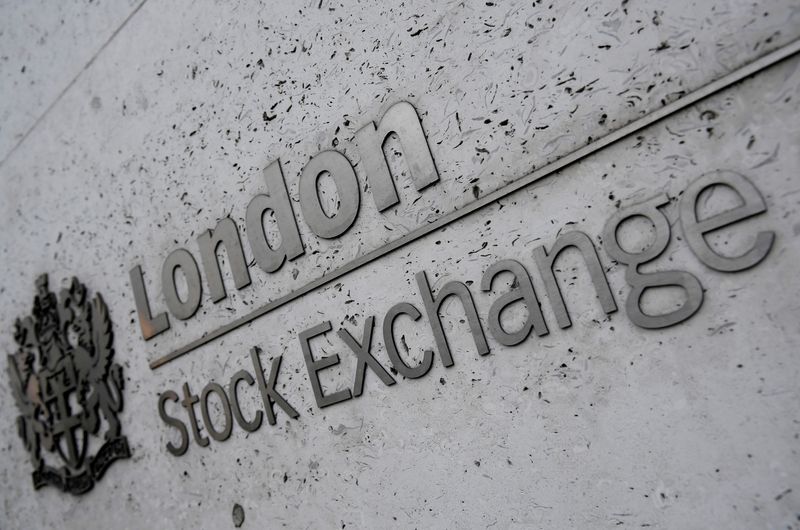By Ritvik Carvalho and Tommy Wilkes
LONDON (Reuters) - Britain and the European Union are trying to reach a trade deal to regulate their relationship after Dec. 31, an agreement that should lift some of the uncertainty clouding the UK outlook 4-1/2 years after Britons voted to leave the trading bloc.
The impact on UK financial markets of that vote and the years of negotiations and missed deadlines since has been profound -- the British currency is 20% below its long-term fair value, stock prices have underperformed almost every other major market and businesses have held back on new investment.
On Wednesday, British finance minister Rishi Sunak will announce the heaviest public borrowing since World War Two when he spells out his spending plans.
Below are five graphics setting out the impact of Brexit on British assets since 2016.
1) STERLING'S WILD RIDE
Sterling has been on a rollercoaster since the June 2016 Brexit vote -- some analysts say the volatility resembles that of an emerging market currency.
From trading above $1.50
Graphic: Brexit: a rollercoaster ride for the pound - https://fingfx.thomsonreuters.com/gfx/mkt/qzjpqoowrpx/Pasted%20image%201605849973368.png
2) STOCK LAGGARDS
British share prices have underperformed nearly all their major peers since 2016 as investors put their money to work elsewhere.
Despite a stonking central bank-fuelled rebound in global stocks this year, UK domestic-focused company shares (FTMC) remain just 12% higher than early 2016 levels. The FTSE 100 (FTSE) is up just 1.5% -- that's against a nearly 80% gain for the S&P 500 and a 50%-plus rise for world stocks.
Graphic: Brexit woes keep UK stocks global laggards - https://fingfx.thomsonreuters.com/gfx/mkt/qmyvmxxqzpr/brexit%20and%20uk%20stocks.PNG
3) WEAK INVESTMENT
New UK business investment has flatlined since the 2016 referendum, before falling sharply after the COVID-19 pandemic whacked confidence.
After steady growth in year-on-year business investment before 2016, companies have since cut back on new capital expenditure amid Brexit-related uncertainty.
Year-on-year growth in UK business investment notably fell in late 2018 as companies concerned about the consequences of a no-deal Brexit postponed or axed spending.
Graphic: UK business investment - https://fingfx.thomsonreuters.com/gfx/mkt/xklvybbnopg/Pasted%20image%201605854465573.png
4) BREXIT PREMIUM
British companies have had to pay more to borrow from lenders nervous about Brexit, reflected in bank-issued bonds.
For instance, the gap between the yield on Barclays (LON:BARC)'s September 2023 euro-denominated bond and a Deutsche Bank (DE:DBKGn) note maturing the same month was as high as 80 basis points in late 2018 when fears of a no-deal Brexit surged.
It is currently at 5.5 basis points after falling sharply since April, reflecting investor confidence that London and Brussels would agree a trade deal.
Graphic: UK corporate borrowing premium - https://fingfx.thomsonreuters.com/gfx/mkt/bdwpkllzmvm/Pasted%20image%201605855140873.png
5) WEAKER FINANCES
With a large current account deficit and a debt-to-GDP before the COVID-19 pandemic above 80%, Britain is reliant on international investors' confidence in the UK economy and its markets.
Britain's current account deficit, higher than many peers, has fallen sharply during the pandemic.
But the budget deficit is soaring as the government ups spending to rescue the economy and debt-to-GDP is approaching 100% -- leaving less headroom to spend should the economy need more support after the Brexit transition period ends on Dec. 31.

Graphic: Financial vulnerability - https://fingfx.thomsonreuters.com/gfx/mkt/dgkplaadrvb/Pasted%20image%201605850673376.png